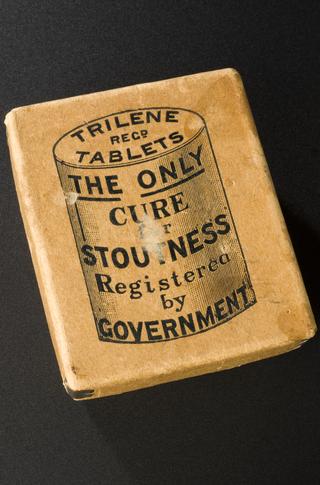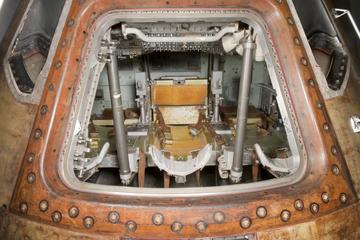
Full upper denture, ivory with human anteriors, English, 1801-1860
Carved from ivory, this upper denture includes human front teeth. Ivory was an expensive material so such dentures could only have been afforded by wealthier people. The presence of human teeth adds a slightly sinister dimension. They may have been taken from poor, and often very unhealthy, volunteers who were paid by physicians and tooth pullers for their teeth. More likely the teeth would have come from one or more dead bodies.
One major source of teeth in the early 1800s was the battlefields of Europe. After a battle, the dead were not only stripped of clothing and valuable personal possessions, they could also lose their teeth, prised out in their thousands by men who recognised the value of this human commodity. So many teeth were removed for this reason following the Battle of Waterloo in 1815 that the market was flooded and dentures that included human teeth became known as ‘Waterloo teeth’.
Details
- Category:
- Dentistry
- Collection:
- Sir Henry Wellcome's Museum Collection
- Object Number:
- A622043
- Materials:
- plate, ivory and anterior teeth, tooth, human
- type:
- denture and human remains
- credit:
- Wellcome Trust




